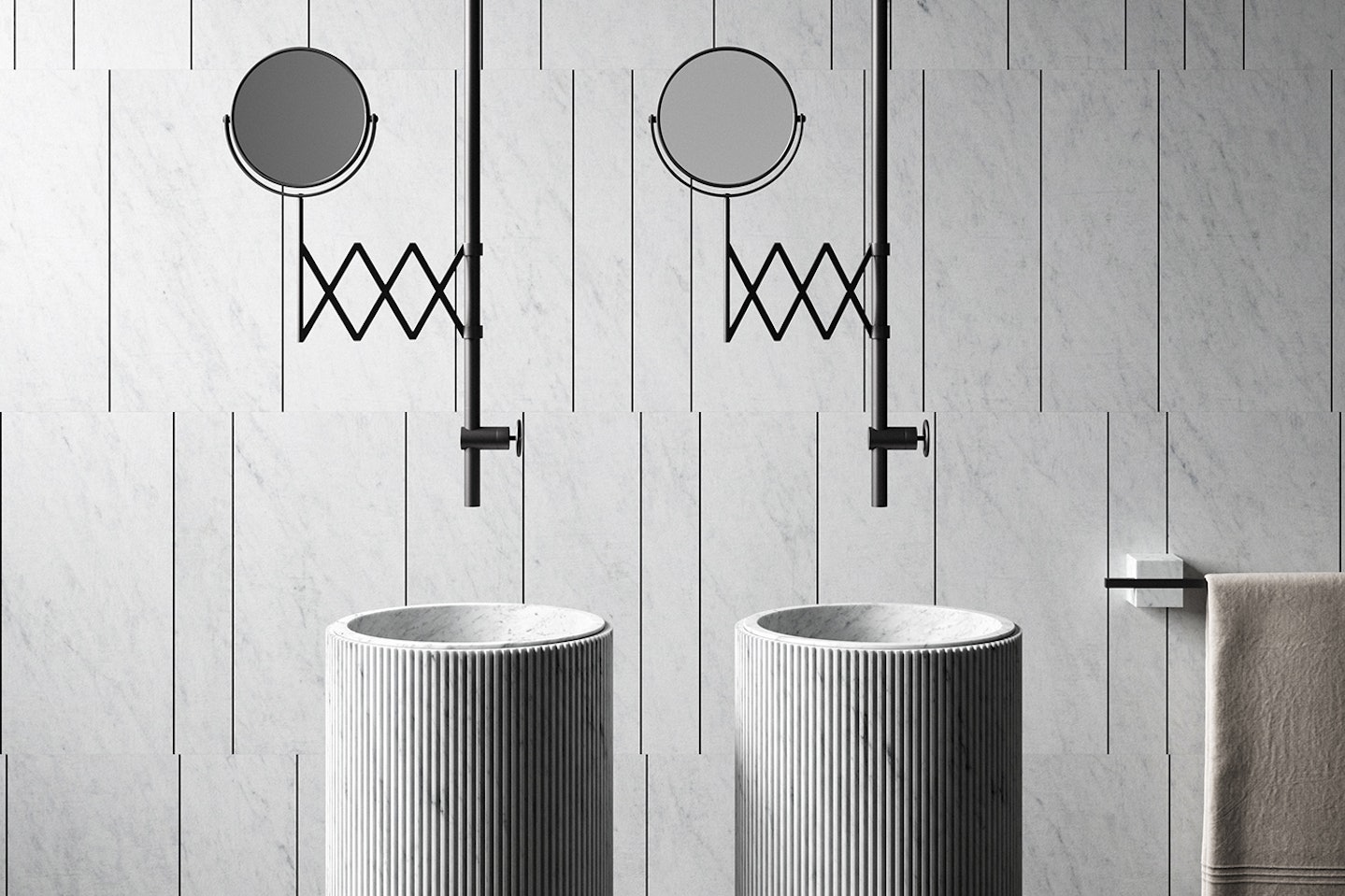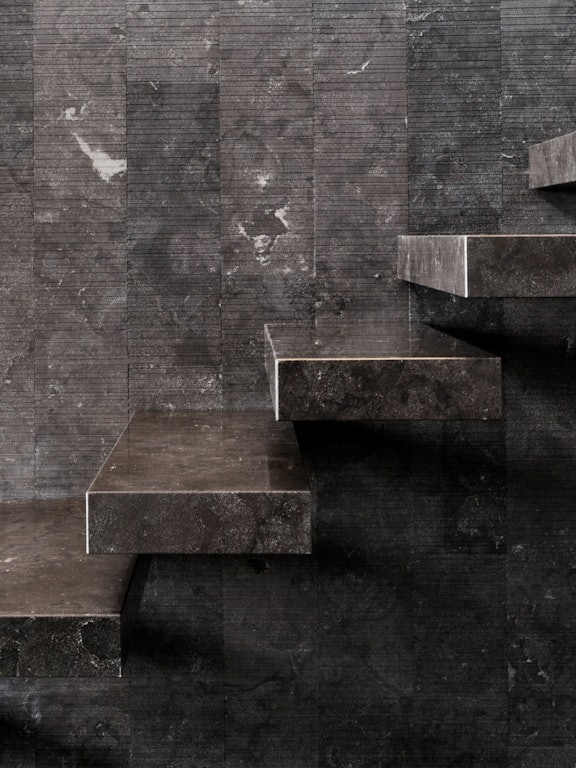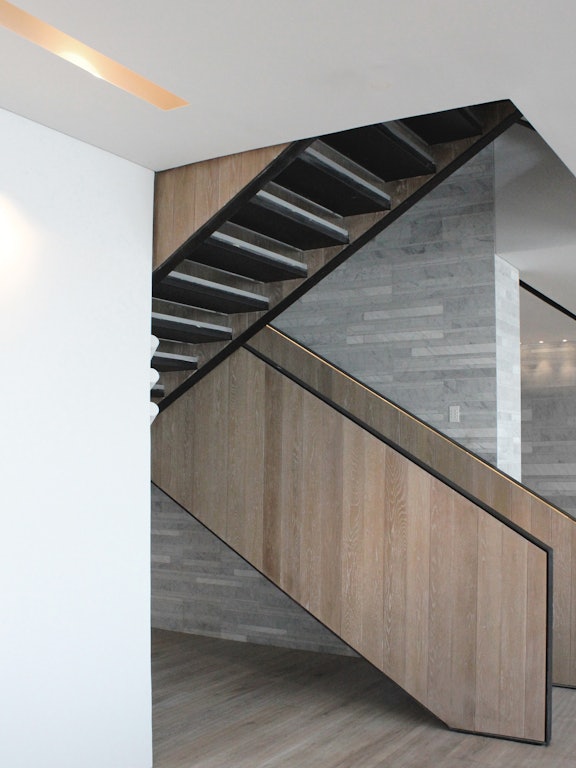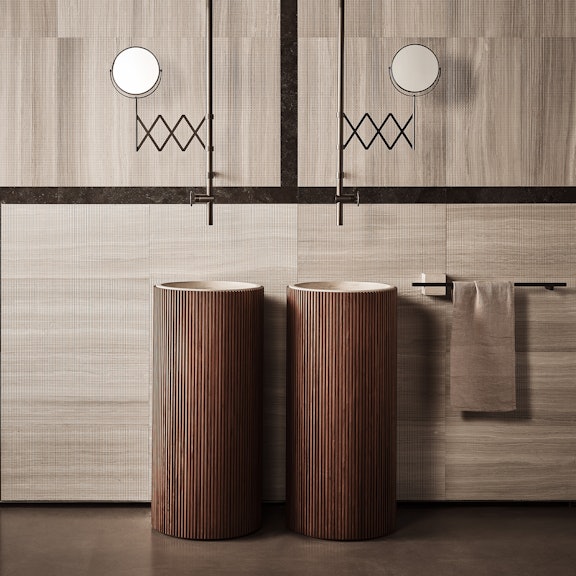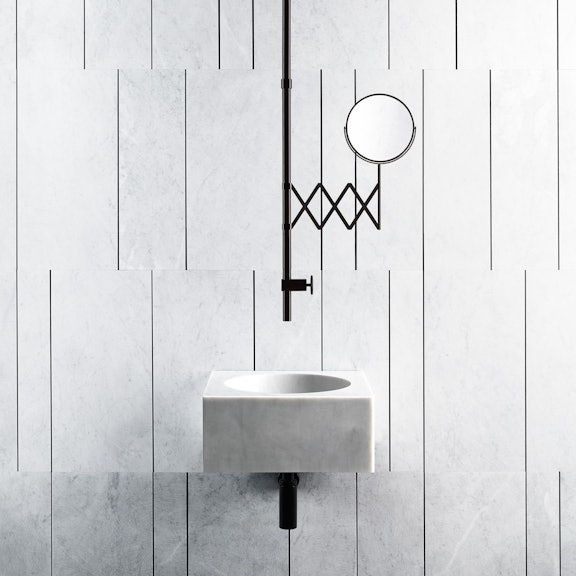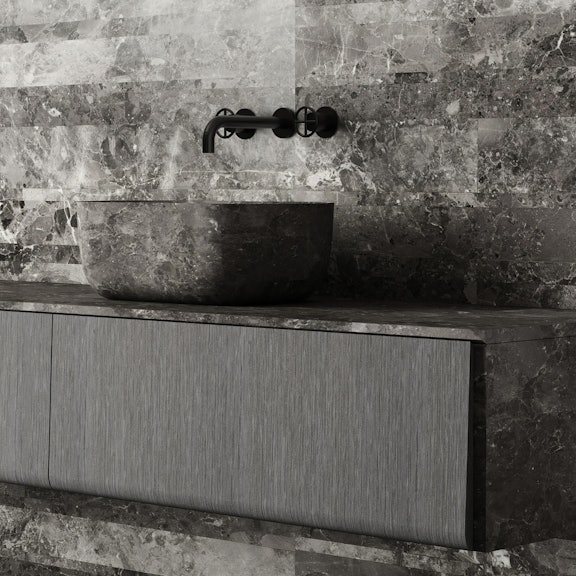BIM: Design Innovation
03.2022
BIM one of the revolutionary technologies that influenced design in recent history
BIM: An innovative design
The concept of craftsmanship often implies, for the common sense, an idea of work still completely tied to manual skills, to the physical dimension and sustained only by the ability of the worker. An endeavour born in a context almost completely devoid from technology. However, this is not the case. In fact, mankind’s unique intellectual properties are and can only remain the centre of craftsmanship, even when referred to design, but with a substantial and increasingly refined technological support. In design specifically, computers and creativity are by no means opposing realities, but potentially great allies.
For example, let’s refer to the acronym born in the beginning of this millennium which, during the last decade, has prominently entered the glossary of construction industry: BIM. What does it mean and how can it sustain human creativity? Let’s explore this together, discovering why this valuable technology is being used more and more by designers, architects and professionals in the sector.
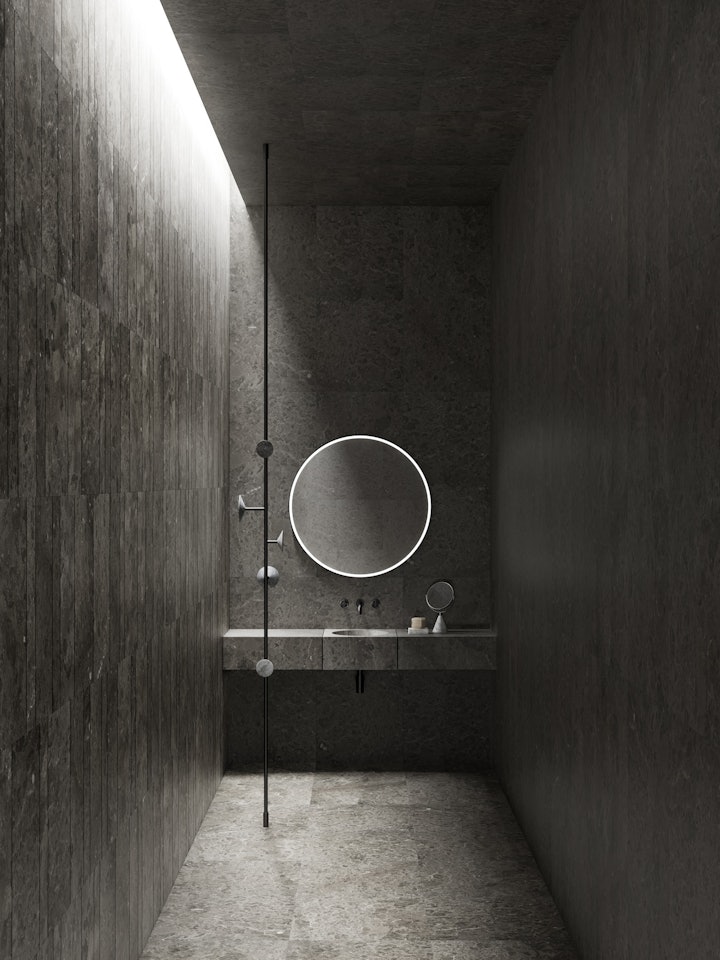
BIM: definition and features
What is hidden behind this acronym? The answer is not simple or immediate: in fact, we do not have a commonly accepted definition. A software? A virtual model? A procedure? These are all partial interpretations, which offer a fragment of truth, depending on the preferred perspective. Let’s be clear.
BIM means Building Information Modeling, which in Italian we could understand as “construction information modelling”. This definition already suggests its identity and its use: virtual representation of a product and information communication. Hence a sort of database, which provides information based on a three-dimensional digital projection of the building. This is not a simple software, nor of a model, but a methodology that uses both allowing to read, manage, extrapolate and share information regarding a specific project. A comprehensive collection of information that leads to optimization not only in relation to planning, but also for the construction and management of a building.
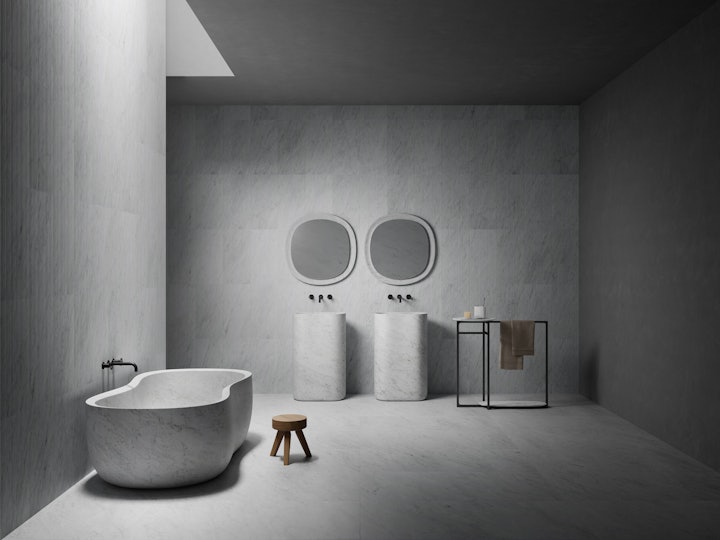
BIM must not be confused with another well-known and widespread technology, named CAD (both 2D and 3D). BIM is superior and more complete, as it is not limited to a graphic preview focusing on the aesthetic qualities of buildings, as CAD does, but gives a virtual 360-degree overview, including all technical detail and any information. Essentially, BIM virtually reproduces a real object based on parameters of various types (such as dimensions and materials) and offers not only geometric information, but also: technical, physical, commercial. There are no barriers that BIM cannot potentially break: for this reason, we have been operating for some time now, implementing this technology.
Basically, how can BIM be used? What practical implications and advantages can it offer?
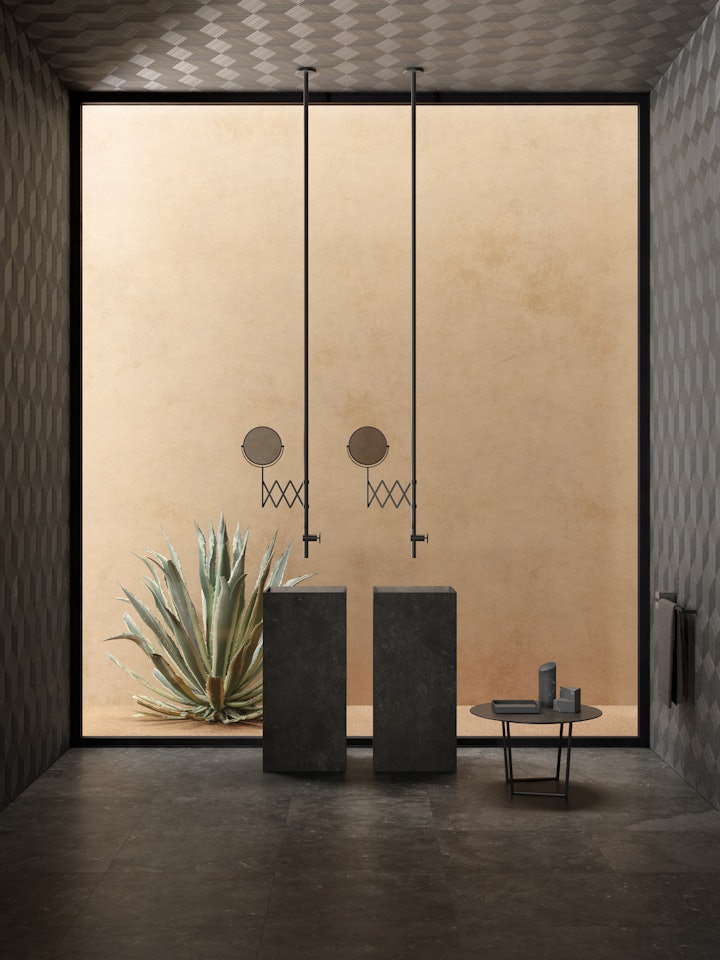
BIM: uses and advantages
If we imagine we have potential customers, clients interested in our products who are curious, with regards to the project, as normally happens, to have a tangible (and we repeat, not merely aesthetic) prediction of the product even before it is materially made. This is the most immediate advantage that BIM offers, convincing architects, engineers, plant engineers to integrate this innovative technology into their daily working life.
An advantage for both manufacturers and designers: having higher quality BIM objects in their hands allows manufacturers the possibility of integrating products from the very early stages of design, which become also a precious resource in the final manifestation of the project. To the designer, on the other hand, BIM technology brings smoother and easier paths for the choices to be made: better and real information leads to design choices with a lower percentage of error.
BIM is convincing more and more professionals in the sector to use it, for the reasons above.
We have explained how craftsmanship, design and information technology are not antithetical at all, but allies, and how BIM is perhaps the most important technological innovation of contemporary design. If you are interested in having more information about this innovative reality and about our company, contact us: the greater your satisfaction with the answers received, the greater our happiness.
